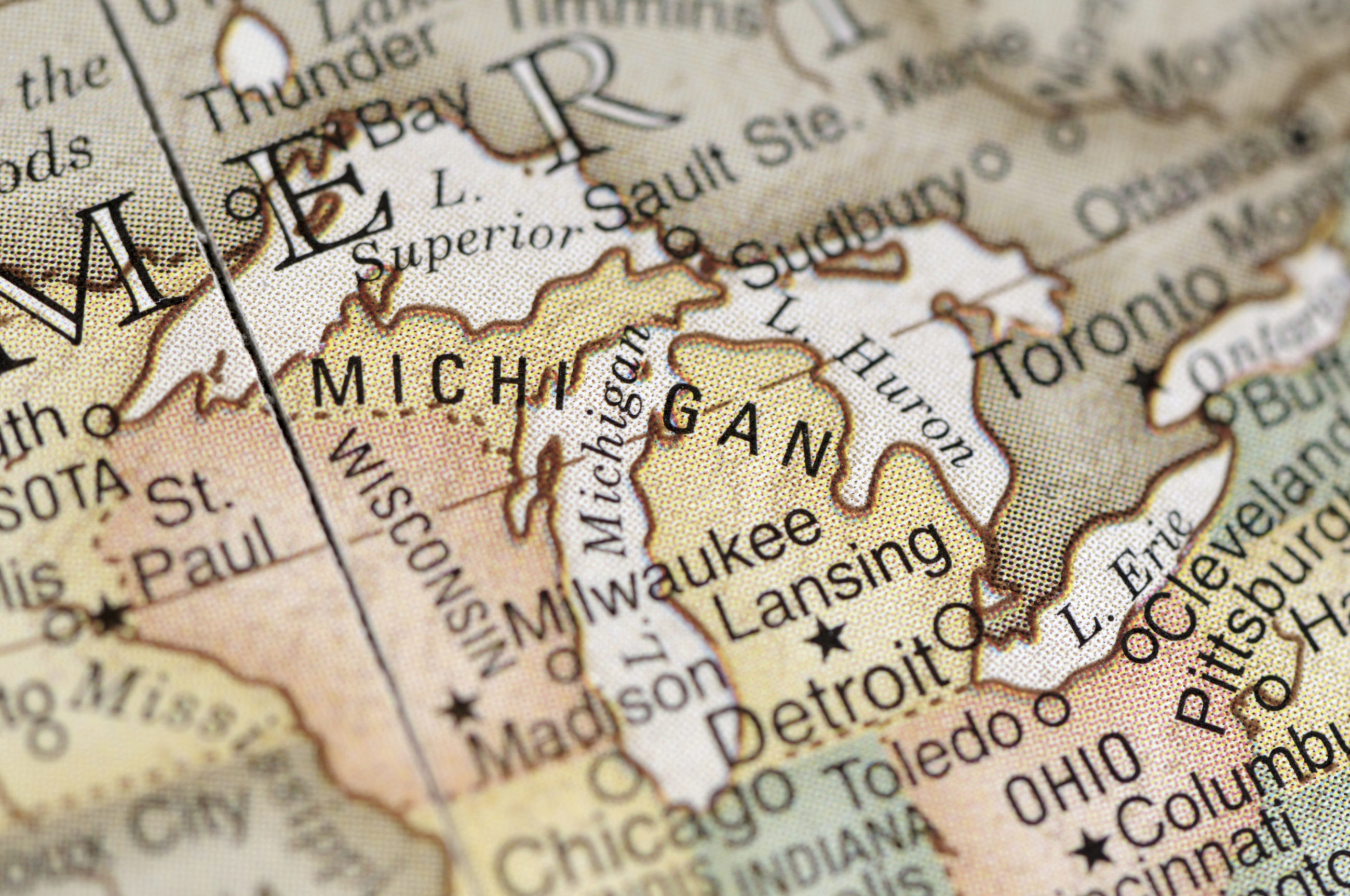Great Lakes Hazard: Tiny Bits of Plastic
The phrase “plastic debris in the water” may conjure up images of floating shopping bags and soda-bottle rings. But there is growing concern over the stuff we may not even see.

Microplastics — defined as particles less than 5 millimeters in diameter — come from a variety of sources, whether they’re broken down from larger plastic items or included as scrubbing agents in personal hygiene products. These tiny particles pose a threat to wildlife — and may make their way through the food chain to humans.
To figure out the origin and path of microplastics flowing into the Great Lakes, researchers from the United States Geological Survey took samples from 29 tributaries in six states. They published their findings last week in the journal Environmental Science & Technology.
If ingested, plastics can release chemicals, like monomers and flame retardant, that have been linked to cancer and reproductive problems. Plastics are also vehicles for other contaminants. When these chemicals are taken up by an animal — a fish or bird, for example — they tend to concentrate in the body. If that animal is then eaten, the chemicals move up through the food chain.
“One concern with plastics and human health is that things like to glom onto plastics,” said Austin Baldwin, a hydrologist with the USGS and the lead author of the paper. “That includes chemicals, but also bacteria and viruses like to attach to plastic and colonize the surface of plastics.”
And Baldwin said that as these plastics keep breaking down, they can eventually become small enough to make their way from the digestive tract into the bloodstream.
Using fine-mesh nets to collect the tiny particles, Baldwin and his colleagues found that 98 percent of those analyzed were microplastic size. Most came in the form of fibers, stemming from synthetic clothing, diapers, and cigarettes. The least common plastics, to the researchers’ surprise, were beads.
Earlier research in the Great Lakes themselves had found such beads — like the ones found in face wash and toothpaste — to be more common. The discrepancy may be due to changes in sampling methods, or because plastics gradually settle out of the surface water in calmer lakes. In any case, they will be banned from being used in cosmetics by federal law, starting in July 2017.
So far, much of the attention to plastic debris has been focused on the oceans. But Marcus Eriksen, co-founder of the 5 Gyres Institute, a nonprofit advocacy group that fights plastic pollution, said that is beginning to change.
“To solve the problem, you have to go upstream,” Eriksen said. “And that is where all of the attention is now — looking at the impacts of plastic trash on the freshwater aquatic environment, and on people.” And Baldwin said that it’s reasonable to conclude that the trash found in rivers may eventually make its way to the ocean.
With the focus on microplastics, Baldwin said one of his regrets about this study was not using finer mesh in the nets. Of the microplastics sampled, 72 percent were in the smallest range they could capture — 0.355 to 0.99 mm in diameter. There is probably a lot more plastic making its way into the Great Lakes that he can’t see. Yet.
“Had we used a .08 mm net, or a .01 mm net, we could have seen much higher concentrations,” he said, “like 10 or 100 or 1,000 times higher concentrations.”











Comments are automatically closed one year after article publication. Archived comments are below.
Does this in any way link to people who claimed colored threads or bits were irritating their skin? Morgellon’s disease was not taken seriously by the medical community. Just thought it curious that no one has mentioned those people at all, in light of these findings.